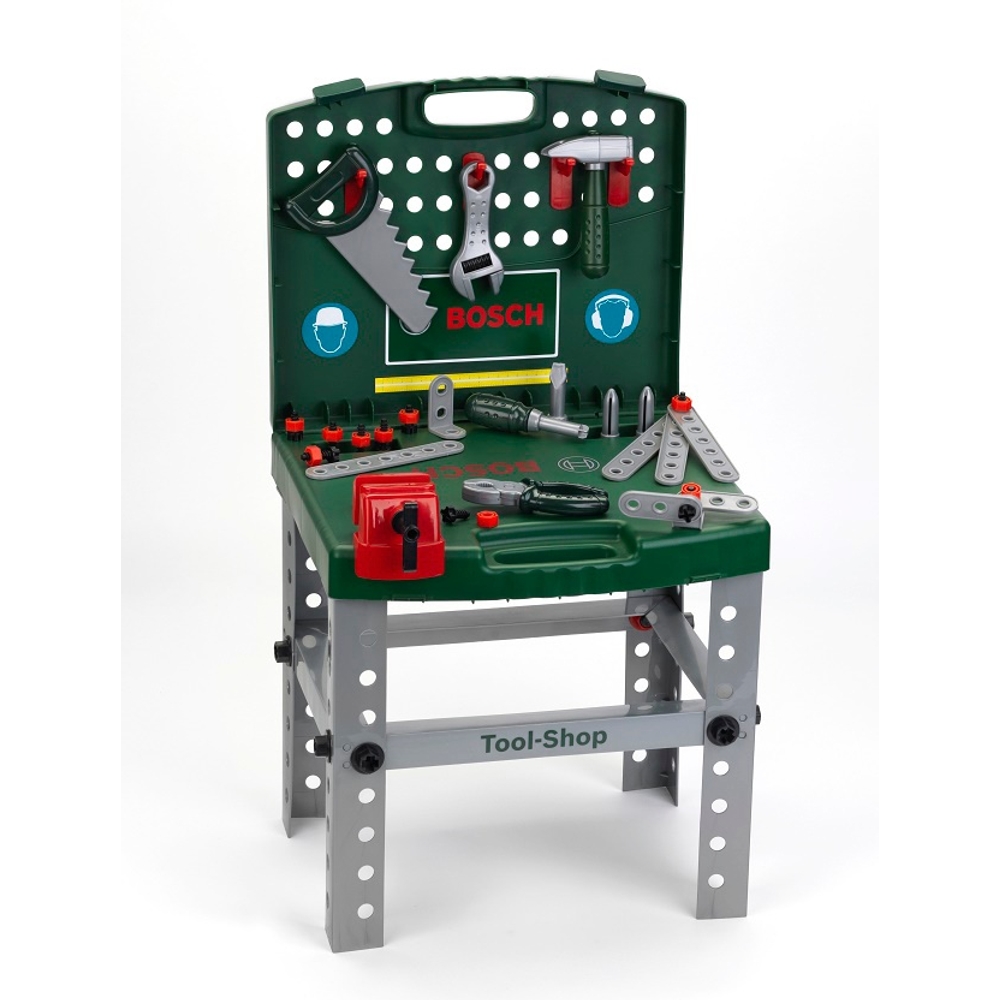

No matter the type of heating or fuel used, portable heaters focus warmth where it’s needed the most. The downside to mounted heaters is that they typically cost more than their portable counterparts because they’re closer to commercial quality. There are a wide variety of energy options, sizes, and prices that range from a few hundred to a few thousand dollars. Stationary garage heaters most often attach to the ceiling, but there also are options that fasten to a wall. Stationaryĭedicated DIYers may appreciate the benefit of not having cords lying around and not running the risk of tripping over a heater on the floor. Knowing this should help you decide whether to look for a stationary or a portable garage heater. Look over your garage and determine which you value more: freed-up space on the counter or the floor, or the ability to work at a few different workstations. Heater F232000 MH9BX Buddy Portable Heater


BEST BANG FOR THE BUCK: Lasko 755320 Ceramic Space Heater.BEST OVERALL: Comfort Zone Electric Ceiling Mounted Heater.Keep reading to learn more about some of the best garage heaters, as well as learn what we experienced during hands-on testing with our favorite products. Selecting the best heater for a garage depends on several factors, including the size of the garage, the preferred type of fuel, whether it needs to be portable, and important safety features. It can be the place to store tools and to work on a variety of projects-even when temperatures are low.įortunately, a garage heater can banish the shivers when it’s cold out. I guess they'll stay in the garage on an as-needed basis for now.For DIYers and hobbyists, a garage can often be project central. Now I just need to find a way to store my etching supplies, my laminator, my electric skillet, and my oscilloscope in there. I would like to build my own iron holder into my mobile bench, especially since I have to take the iron out of the stock holder to get everything to fit inside after the doors are folded up. I use the Sparkfun soldering station, which I absolutely love, but the iron holder is horrible. I have had this in service for a year now, and space on the inside is valuable. A good cheap lab supply would be ideal, especially if it was smaller too. Currently I am using an old Dell ATX power supply, and it makes a high pitch hum that bothers everybody in my house. I would love a little vise to hold my circuit boards while I work on them. Easy.Īwesome as it is, I have some future upgrades planned for it. I can just bust out a project, fold it up for dinner, and pull it back out after the kids have gone to bed. It has helped me complete many more projects, both big and small, than I would have without it. All told it weighs about 35 pounds with everything in it. My light and soldering station plug into a 4-plug outlet on the inside, so I've got 2 spare plugs for other things that need AC at the table. There is a little shelf for holding craft boxes of components. The front opening folds down to make a nice soldering and prototyping area. The dimensions of this light dictated the overall dimensions of my box, and it just barely fits, which means it fits perfectly. My eyes are not what they once were, and so I bought a magnified light on Craigslist for $30, cut it down to fit, and mounted it so that it can move up and down and still fold into the box. The tool door holds various strippers and tweezers, and folds in neatly.

The wood is glued together and reinforced with small nails. I built it out of 3/8" plywood mostly, with 1/4" plywood on the back for light weight. I wanted something with a built-in power supply, a spot for a breadboard, some soldering space that nobody would get bothered about if it got burnt spots on it, component and tool storage, a built-in extension cord, and good lighting. I looked around the web at solutions other people had come up with, and I decided I needed a mobile electronics workbench. It got to the point that it was more of a hassle to clean up than the projects were worth, and I sort of went on a hiatus from electronics projects. There were extension cords, power strips, soldering irons, power supplies, and components. This worked out great until dinner time, at which point I would shove everything back into boxes and scatter it around the room until after dinner was over. Back in the old days I used to drag all of my electronics project parts out of the garage in boxes, set them up on the dining room table, and get to work.


 0 kommentar(er)
0 kommentar(er)
